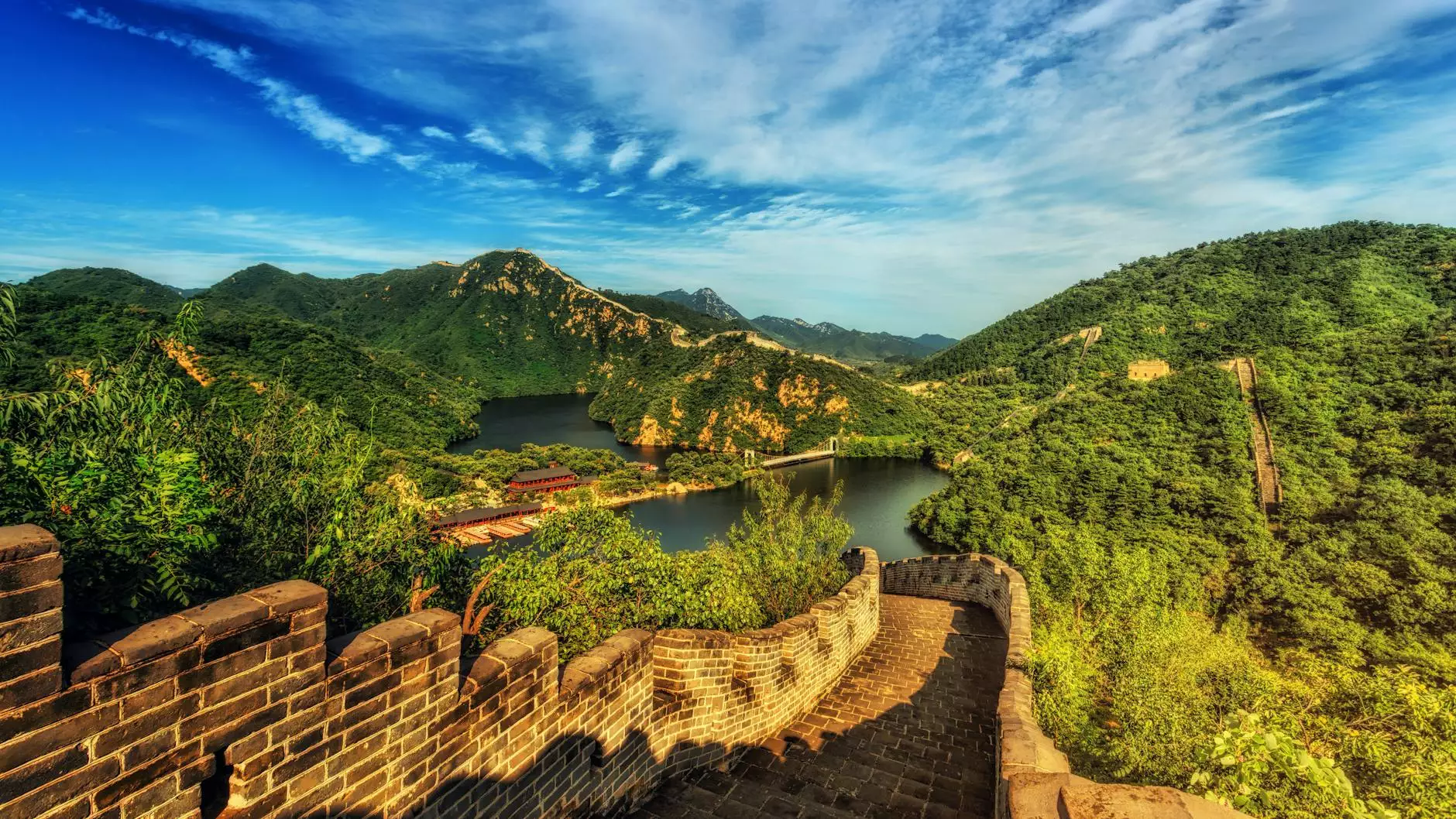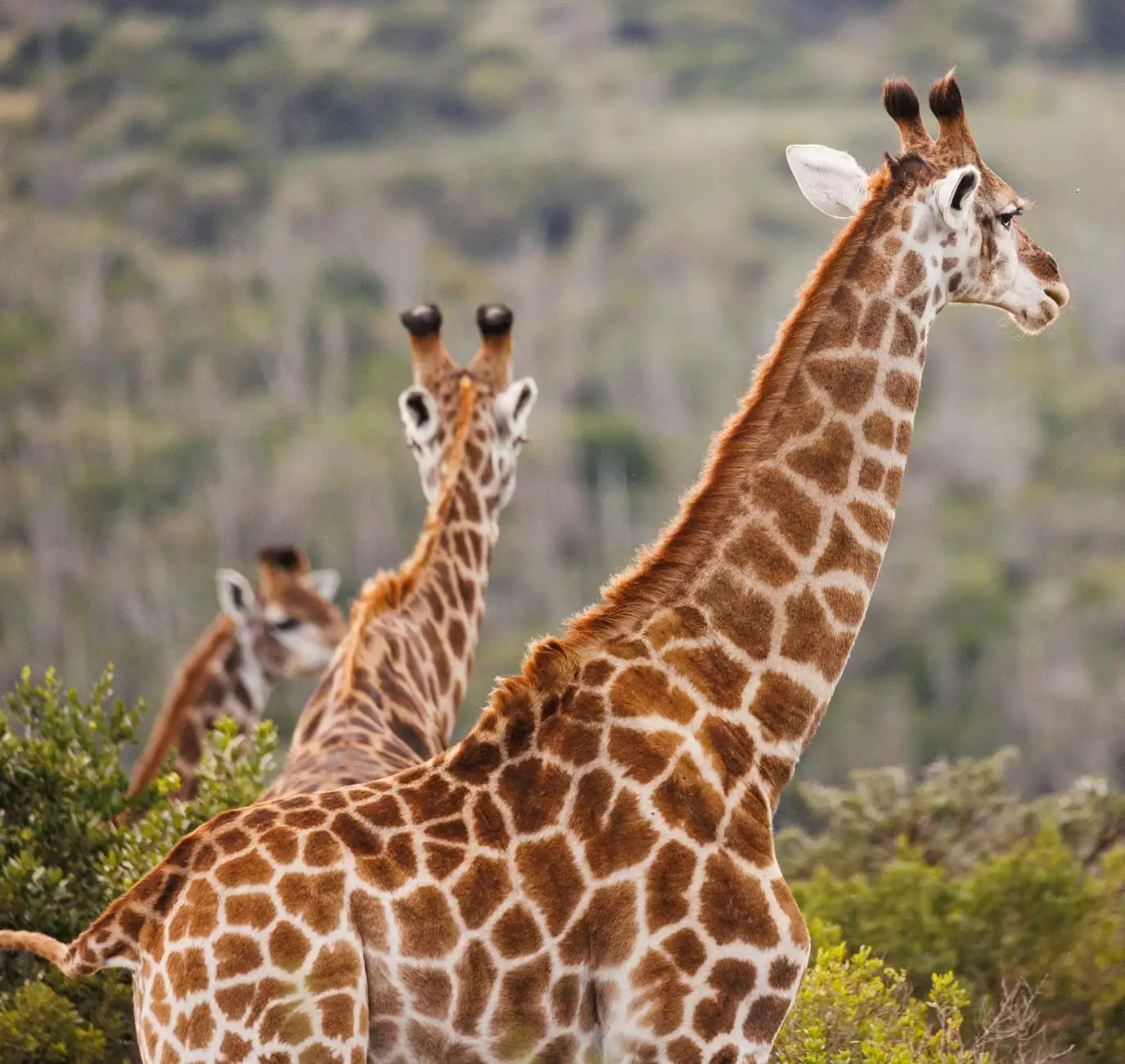The 14 Highest Peaks: A Guide to the World's Most Majestic Mountains

Embarking on a journey to conquer the 14 highest peaks on Earth is an adventure that promises breathtaking views, life-changing experiences, and a profound connection with nature. Whether you are an adventurous soul or a casual traveler, these towering giants offer something for everyone. This comprehensive guide will take you through the majestic terrains, the best times to visit, and the challenges you'll face when tackling these incredible summits.
Understanding the 14 Highest Peaks
The 14 highest peaks are defined as mountains that exceed 8,000 meters (26,247 feet) in elevation above sea level. These peaks primarily occupy the Himalayas and the Karakoram range, showcasing the beauty of our planet's geological processes. Climbing these mountains is not only a physical challenge but also a test of mental strength and endurance.
The List of Peaks
- Mount Everest - 8,848.86 m (29,031.7 ft) - Nepal/China
- K2 (Mount Godwin-Austen) - 8,611 m (28,251 ft) - Pakistan/China
- Kangchenjunga - 8,586 m (28,169 ft) - Nepal/India
- Lhotse - 8,516 m (27,940 ft) - Nepal/China
- Makalu - 8,485 m (27,838 ft) - Nepal/China
- Cho Oyu - 8,188 m (26,864 ft) - Nepal/China
- Dhaulagiri - 8,167 m (26,795 ft) - Nepal
- Manaslu - 8,163 m (26,781 ft) - Nepal
- Nanga Parbat - 8,126 m (26,660 ft) - Pakistan
- Annapurna I - 8,091 m (26,545 ft) - Nepal
- Gasherbrum I - 8,080 m (26,509 ft) - Pakistan/China
- Broad Peak - 8,051 m (26,414 ft) - Pakistan/China
- Gasherbrum II - 8,035 m (26,362 ft) - Pakistan/China
- Shishapangma - 8,027 m (26,335 ft) - China
Planning Your Adventure: Essential Tips
Before setting off on your expedition to the 14 highest peaks, it’s crucial to prepare adequately. Understanding the logistics, the best times to climb, and the necessary gear can make a significant difference in your experience.
Choosing the Right Peak
Not all the 14 highest peaks are the same in terms of difficulty. It's important to choose a summit that matches your climbing experience and physical ability. Mount Everest, while iconic, is known for its challenges, including high traffic and treacherous conditions. If you're new to high-altitude climbing, consider starting with Cho Oyu or Manaslu, which are considered more accessible.
Best Times to Climb
The ideal time to tackle these giants varies based on the location and weather patterns:
- Mount Everest: Best months are April and May.
- K2: Climbing season typically runs from late June to early August.
- Kangchenjunga: Ideal months are April through May, and September through October.
Essential Gear and Preparation
Your gear can make or break your climbing experience. Here’s a basic list to consider:
- High-altitude climbing boots
- Warm, breathable clothing layers
- Reliable climbing gear (harness, ropes, carabiners)
- Good quality tent and sleeping bag
- Nutrition packs and hydration systems
- First-aid kit
Experiencing the Beauty of the Higher Altitudes
Each of the 14 highest peaks offers stunning natural beauty, from sweeping Himalayan vistas to the stark, rugged landscapes of the Karakoram. The experience of standing atop one of these titans is unparalleled, offering feelings of accomplishment mixed with awe at the wonder of nature.
Unique Features of Each Peak
Every peak has its unique characteristics that make it special:
- Mount Everest: The highest point on Earth, with routes via the south from Nepal and the north from Tibet.
- K2: Known for its technical difficulty and harsh weather conditions.
- Kangchenjunga: Famed for its stunning views and rich biodiversity in the surrounding area.
Safety First: Training and Acclimatization
Safety is paramount when attempting to climb any of these great mountains. Proper training and acclimatization to high altitudes are critical to your success. Most climbers spend time at base camps acclimatizing before their summit push. This helps mitigate the risks of altitude sickness, which can be life-threatening.
Physical Training Regimen
Building your strength and endurance is crucial. Here are essential aspects to incorporate into your training:
- Cardiovascular fitness: Running, cycling, and swimming help build endurance.
- Strength training: Focus on legs, core, and upper body to support your climbing efforts.
- Altitude training: If possible, train in high-altitude environments to help your body adapt.
Connecting with Nature and Culture
Climbing the 14 highest peaks is more than just a physical journey; it's also an opportunity to immerse yourself in different cultures. The regions surrounding these mountains have rich histories, traditions, and stories waiting to be discovered. From the hospitable Sherpa communities in Nepal to the unique cultural practices in Pakistan, each ascent provides a unique blend of adventure and learning.
How to Make the Most of Your Experience
Engage with local communities and learn about their lifestyles. Taste local cuisine, participate in cultural festivals, and respect the natural environments. This will enrich your journey tremendously and help you appreciate the beauty of these high peaks even more.
Summing Up: An Unforgettable Journey
Conquering the 14 highest peaks is a dream for many adventurers. It requires significant preparation, physical fitness, and mental fortitude. However, the rewards are immense—testament not only to your dedication and strength but also to the breathtaking beauty of our planet. As you stand at lofty heights surrounded by incredible landscapes, you will realize that these mountains are not just geographical features; they are the souls of the Earth, inspiring all who dare to reach their summits.
Book Your Adventure with Himalayan Dream Team
If you're ready to take your climbing dreams to the next level, look no further than Himalayan Dream Team. As experts in the realm of mountain climbing and hiking, we provide tailored tours designed to match your adventure level, along with well-planned itineraries for your memorable climbs of the 14 highest peaks. Join us, and let us help you make memories that will last a lifetime.









